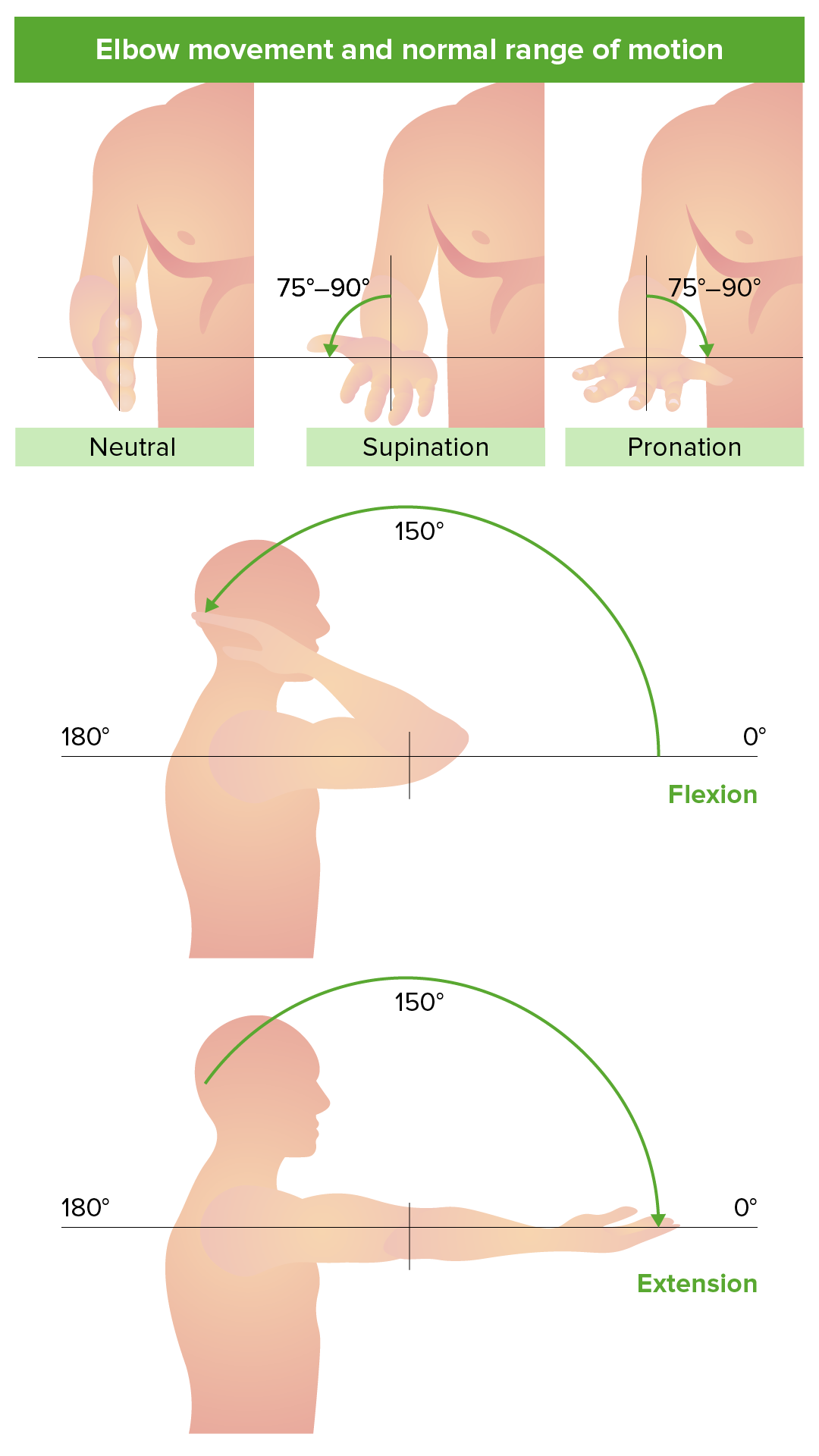Playlist
Show Playlist
Hide Playlist
Cutaneous Innervation of the Upper Limbs
-
Slide Cutaneous Innervation Upper Limbs.pdf
-
Download Lecture Overview
00:01 Now, let's talk about the cutaneous innervation of the upper limb. And to do that, we need to talk about some spinal nerves. 00:07 I'll mention the brachial plexus but we'll spend an entire topic talking about the brachial plexus. 00:12 So, we'll leave that till later on. 00:15 Here, we can see the sections through the vertebral column and the spinal cord. 00:18 So, posteriorly, is the top of the screen where we have the spinous process. 00:22 And then, anteriorly, we have the vertebral body. 00:25 If we go into the vertebral canal, we see the spinal cord and here, we have one segment or section of the spinal cord which more dorsally, posteriorly for the bone in a dorsal position, we're going to have the dorsal route. 00:39 And then, more anteriorly, we're going to have the ventral route. 00:42 Remember, the ventral route is carrying moats of innervation out to the spinal cord, within the spinal nerve, to go and innervate the various muscles. 00:50 The dorsal root, and we can see the little bulge there, the dorsal root ganglion, that's going to be receiving cutaneous supply from the wall of the body, so, from the skin, from the surface of the skin, touch, pain, temperature, pressure, etc. 01:06 That's passing through the spinal nerve and then, uniting with the spinal cord by the dorsal root. 01:13 So, let's have a look at these spinal nerves associated with the upper limb. 01:16 And what we're talking about here is the brachial plexus. 01:19 This is a collection of nerves moving laterally out to the spinal cord, through the intervertebral foramen and have gone from C5, C6, C7, C8, and then, to T1. Here, we can see we have the brachial plexus. 01:34 This is an interconnecting connection of nerves which is really helping that neural supply pass to the upper limb and also, receiving that sensory input back towards the spinal cord, for it to be integrated, passed up through the brain for it to be understood and perceived by the individual. 01:52 What we end up having are what's known as various dermatomes. 01:56 So, previously, if we just go back, we can see that we have C5, C6, C7, C8, and T1. 02:03 These five spinal nerves. Each of those are going to supply a specific region of the upper limb. 02:11 We didn't mention previously C4 but this is the area of skin that the fourth cervical nerve is going to supply. 02:18 We can then see how all of the upper limb is distributed accordingly. 02:24 So, that part of the upper limb, both its anterior, and now, on its posterior view, those numbers and those letters indicate which segment of the spinal cord is responsible for receiving sensory innervation from that area of the body. 02:41 So, we can see C4, C5, C6, C7, C8, those cervical spinal nerves. 02:47 They're receiving sensory information from that region of the body and then, we can see T1, T2, and T3. 02:56 These do very much resemble the embryological development of the upper limb and where we had various lombards, the nerves were already laid down at this point. 03:04 And as the limb extended and grew, so, those dermatomes extended with the length of the upper limb. 03:11 So, each of these regions is actually going to have a named nerve that supplies it. 03:16 And these named nerves are going to supply both the muscles of that region and that discrete area of skin. 03:23 So, now, we can start seeing some of these named nerves, supraclavicular nerves, axillary nerve, the radial nerve, supplying here the lateral edge of the arm and the forearm, moving into the hand. 03:36 We can see the medial cutaneous nerve of the arm, supplying the medial aspect of the skin. 03:40 Muscular cutaneous and the medial cutaneous nerve of the forearm, supplying the forearm region. 03:47 We can see how the hand is supplied. Laterally, fingers one, two, three and a half by the median nerve. 03:52 And then, medially, the fifth and half of the fourth finger are supplied by the ulnar nerve. 04:00 So, you can see how various named nerves are actually supplying the dermatomes that we spoke about previously. 04:07 This is the anterior surface. 04:09 We don't need to go over the detail again on the posterior surface because the same principle applies. 04:13 Here, we have named nerves responsible for receiving the cutaneous innervation of the upper limb that was laid down during development and the migration of those spinal nerves during embryological and fetal development.
About the Lecture
The lecture Cutaneous Innervation of the Upper Limbs by James Pickering, PhD is from the course Fasciae and Neurovasculature of the Upper Limbs.
Included Quiz Questions
Which spinal cord segment provides cutaneous innervation to the thumb?
- 6th cervical spinal cord segment
- 5th cervical spinal cord segment
- 4th cervical spinal cord segment
- 7th cervical spinal cord segment
- 8th cervical spinal cord segment
Which spinal cord segments form the brachial plexus?
- C5, C6, C7, C8, and T1
- C1, C2, C3, C4, and C5
- C2, C3, C4, and C5
- C3, C4, and C5
- C4, C5, C6, and T2
Which spinal cord segment provides cutaneous innervation to the little finger?
- C8
- C5
- C6
- C7
- T1
Customer reviews
5,0 of 5 stars
| 5 Stars |
|
5 |
| 4 Stars |
|
0 |
| 3 Stars |
|
0 |
| 2 Stars |
|
0 |
| 1 Star |
|
0 |









